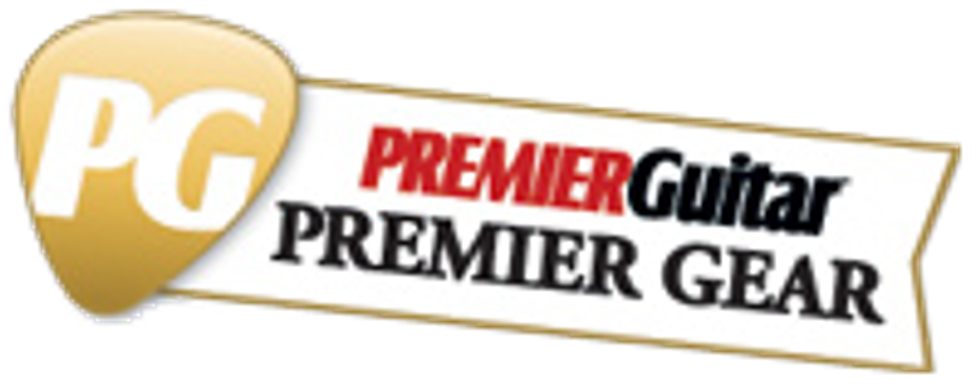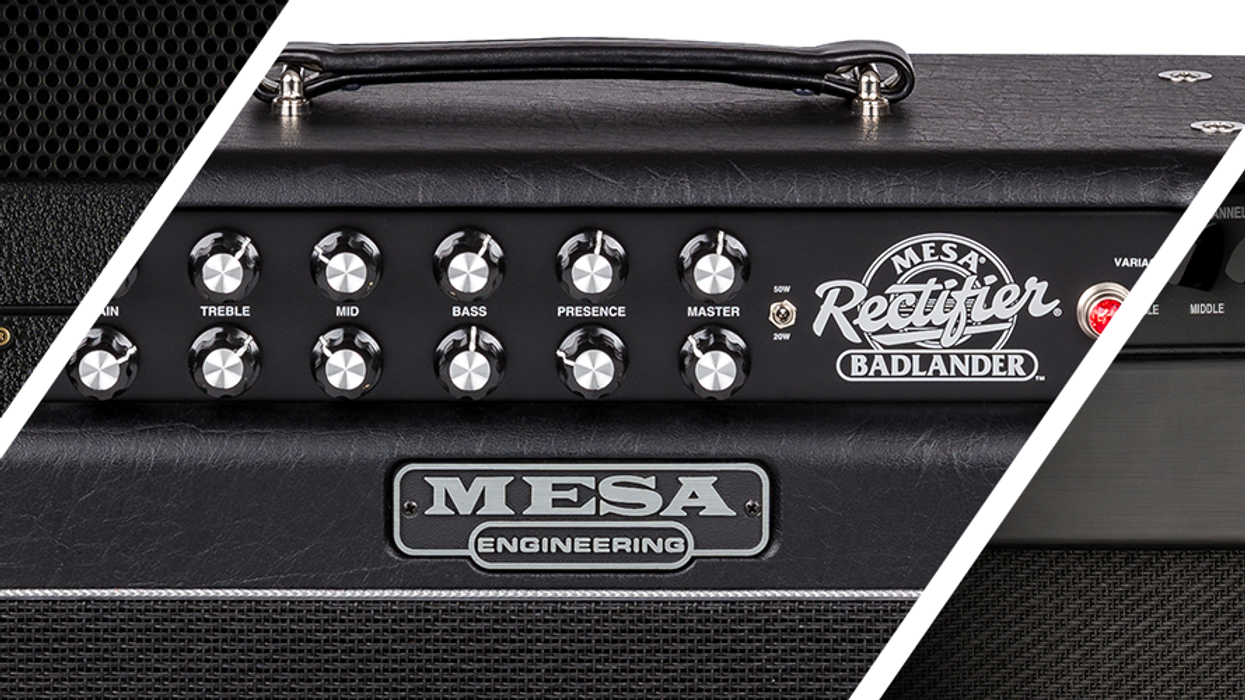Godin has built a solid reputation for making quality instruments at very reasonable prices. And they’re not afraid to take chances: Player-centric niche guitars like the nylon-string electric Multiac and MIDI-equipped LGX lines have been big successes for the Canadian firm. But despite the company’s outside-the-box innovations, impressive history (John McLaughlin and Kirk Hammett are among those playing their instruments), and considerable output (the roster of brands also includes Seagull, Simon & Patrick, Norman, Arts & Lutherie, and Lapatrie), Godin has a kind of under-the-radar status. The new Session Custom—a Tele-inspired solidbody—is the company’s stab at something a little more familiar. Of course, being a Godin, there’s more here than meets the eye.
Custom Quality
There’s an almost utilitarian vibe about the Session Custom. Some will love its streamlined look and others are bound to find it too austere. I didn’t think the blackburst semi-gloss on our test model was especially stirring, but it has a way of looking slick in a stealthy way. Regardless of how exciting you find the look, you can’t argue with its impeccable craftsmanship and choice materials.
The guitar is assembled in the U.S. from parts made in Canada, which include a Canadian Laurentian basswood body and a 25.5"-scale, bolt-on rock maple neck with either a rosewood or maple fretboard and medium nickel frets. Although the Session Custom’s design is undeniably influenced by the Telecaster, it makes notable departures from traditional T-styles. These include a flattish 12" radius and Godin’s new Tru-Loc tremolo system, which allows you to physically lock the tremolo arm in place via an Allen wrench adjustment in the rear sustain block so the bar doesn’t wiggle around. The tremolo works well and provided moments of glorious whammy bar abuse, though if you’re obsessive about staying in tune while going bonkers, a locking tremolo system might be your best bet.
A Multitude of Sounds
The Session Custom’s two pickups—a single-coil Godin Custom Cajun in the bridge position and a Godin Custom humbucker in the neck position—are wired for five distinct configurations, giving the guitar a versatility befitting its session moniker. Position 1 gives you the full neck humbucker, position 2 the outer neck humbucker coil and the bridge single-coil in series, position 3 the full neck humbucker and the bridge single-coil in parallel, position 4 the outer neck humbucker coil and the bridge single-coil in parallel, and position 5 the bridge single-coil pickup.
The Session Custom also features Godin’s proprietary H.D.R. (High-Definition Revoicer) circuit, which converts the pickups from passive to active. Oftentimes, unique electronic circuitry like this amounts to little more than a barely distinguishable novelty. In this case however, the difference is clearly audible. When I activated the H.D.R. circuit, everything seemed bolder and more present—like lifting a blanket off the speaker cabinet.
The Session Custom’s H.D.R. setup gives you the best of both worlds—the high-fidelity of active pickups with the peace of mind that comes from knowing if the 9V battery dies on a gig, you can still use the passive circuit. Though with a long life of approximately 1200 hours on a single battery, grappling with passive circuit failure should rarely be an issue.
Jam Session
I tested the Session Custom through a Fender ’63 Vibroverb reissue with an MI Audio Tube Zone added for dirt. The ergonomics of the guitar are excellent. It’s just as comfortable for single-note lines as barre chords, and high-register bends don’t fret out. Playability doesn’t mean much though if the guitar doesn’t sound great though, and in that department the Session Custom does not disappoint.
Ratings
Pros:
Incredible bang for the buck. Versatile pickup switching.
Cons:
Some may find the styling a bit tame.
Tones:
Playability:
Build/Design:
Value:
Street:
$745
Godin Guitars
godinguitars.com
In overdriven environs, the Session Custom seems at home in virtually any blues or rock style, with the possible exception of extreme metal. And the guitar offers a tremendous variety of sounds for rhythm and lead playing. For example, it’s fun to use the throaty, neck humbucker for quick, smooth passages, then switch mid-solo to the much gnarlier position 2 for an oblique double-stop bend, and then go for the kill with the raucous, high-output single-coil bridge pickup for screaming, repeating licks. I don’t often change pickups midway through a solo, but the way the Session Custom’s pickups are wired beckoned me to look beyond just note choices and exploit the guitar’s many subtle and not-so-subtle tonal variations.
The Verdict
Godin seems to have really factored in the needs of a working musician with the Session Custom. Even small touches like the gig bag—which has an interior Velcro neck brace and enough pouches and compartments to stow away cables, a pedal or two, and a recorder—demonstrate that Godin understands the practical needs of a musician. The Session Custom is an excellent all-purpose guitar that stands tall against the best of them, even at double or triple the price. Considering that you get an incredibly versatile, professional-grade guitar carefully crafted in North America at a street price of just a little more than a mid-priced import, the Session Custom is a phenomenal bargain.









![Rig Rundown: Russian Circles’ Mike Sullivan [2025]](https://www.premierguitar.com/media-library/youtube.jpg?id=62303631&width=1245&height=700&quality=70&coordinates=0%2C0%2C0%2C0)

















